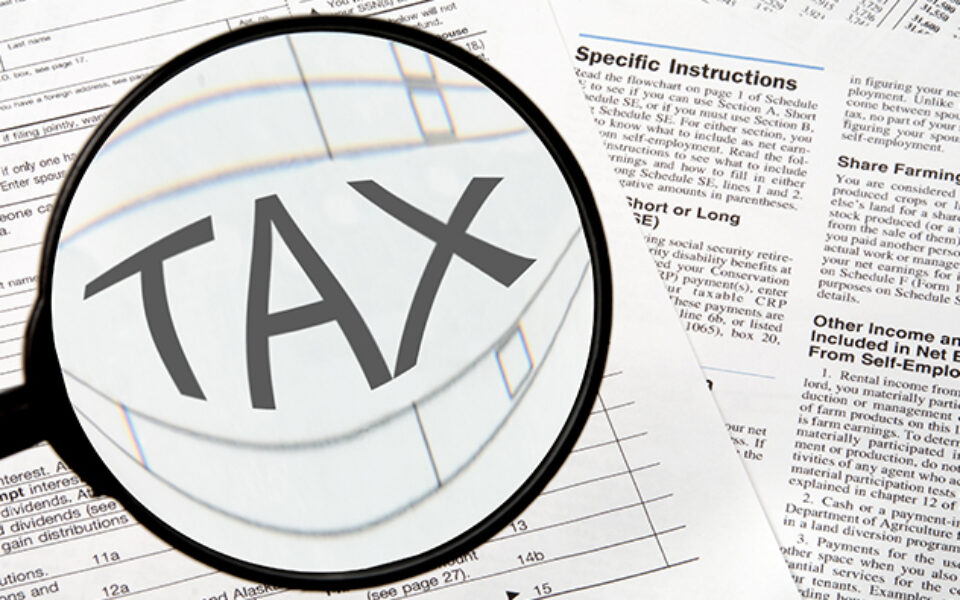Taking Advantage of the 179D Deduction for Energy Efficient Commercial Building Properties
By Matthew Wachler,

Additional Marcum Resources
Building Energy Tax Incentives Made Permanent
Hidden among last year’s $700 billion Wall Street bailout, Congress managed to extend a business deduction that provides businesses with additional deductions, and will incentivize businesses to reduce energy waste. This tax incentive, pursuant to new Internal Revenue Code Section 179D, is known as the Energy Efficient Commercial Building Property Deduction. This deduction was first introduced as part of the Energy Policy Act of 2005 (EPAct) and has most recently been extended until December 31, 2013 through the passage of the Emergency Economic Stabilization Act of 2008.
The tax incentives provided under this section are available for building owners, businesses, individuals, tenants and primary designers of government buildings and provide for an up to $1.80 per square foot deduction for qualified improvements which make an entire building substantially more energy efficient. The areas that qualify for improvements include interior lighting, heating, ventilation and air-conditioning systems (HVAC), and the building envelope, which includes the exterior part of a building such as the roof, walls, insulation, doors, windows and foundation. To take advantage of the full $1.80 per square foot deduction in all three areas, a renovation plan must demonstrate that annual energy and power cost consumption was/will be reduced by more than 50 percent.
Lesser, or an up to 60 cent per square foot deduction is also available for making either lighting, HVAC or the building envelope more energy efficient.
For lighting renovations only, the deduction can be computed at 30 to 60 cents per square foot depending on the energy cost reductions. Interior lighting is the easiest and most common way to qualify for a 179D deduction. For those facilities which install qualified lighting systems and reflect improvements of 25% less consumption compared to certain published lighting standards (on a state by state basis) will receive $0.30/sq. ft. deduction. Those facilities who install qualified lighting systems and reflect improvements of 40% less consumption compared to various state standards (published by ASHRAE) will receive $0.60/sq. ft. deduction. Installation of such lighting systems can be expensive in the interim period but cost effective over time.
An example of deductions, reflected on tax returns similar to an advanced depreciation deduction, related to a 100,000 square foot building renovation or retrofit can be as follows:
Immediate Tax Deduction would be as follows:
- Whole Building Deduction – $180,000
- Minimum Lighting Deduction – $30,000
- Maximum Lighting Deduction – $60,000
- HVAC Deduction – $60,000
- Building Envelope Deduction – $60,000
Commercial or government facilities that have not implemented new lighting systems in the last seven or eight years should consider the advantages of this deduction, especially lighting changes. Effective July 1, 2010, most T-12 fluorescent lighting will no longer be manufactured or imported into the United States. This prior generation of lighting has been replaced by more cost-efficient lighting, such as T-5 and T-8 fluorescents, which can easily produce cost savings by 40 to 60 percent. In addition to these lighting systems, there are also LED lights which have a much higher initial cost but offer a much higher life cycle compared to incandescent bulbs. The LEDs offer a life of 40 times incandescent bulbs and use as little as one tenth of electricity. The energy efficient cost savings offered is a great incentive but the real driver for these lighting changes is the cost savings from maintaining the lighting systems. In many areas, such as hospitals, sporting facilities and other areas where maintenance of lighting systems are proven to be difficult, the LED lighting option is the most economically feasible.
Besides the immediate upfront deduction, this tax incentive should be considered as there are more efficient products currently on the market and perhaps now is the time to take full advantage of new products that will eventually be needed.
The 179D deduction can also be taken advantage of by a qualified individual who designs and implements the above mentioned practices on government buildings. Due to the fact that government organizations¸ such as schools or government buildings, do not pay taxes, they are unable to take advantage of this deduction. Therefore, in order to encourage energy efficient designs, the architect, designer or implementer of the energy efficient property renovation would receive the available deduction based on the energy efficiency.
The §179D deduction can only be claimed after obtaining a certification by an engineer or contractor that is properly licensed as a professional engineer or contractor in the jurisdiction in which the building is located. (Should your business seek or require a renovation or retrofit, your tax advisors at Marcum can assist you in suggesting a licensed professional to assist in the certification process.)
Overall the 179D deduction provides many taxpayers an opportunity for an advanced deduction for those businesses intent on future renovations with energy efficient products in addition to the opportunity to reduce waste and save on energy costs.

















